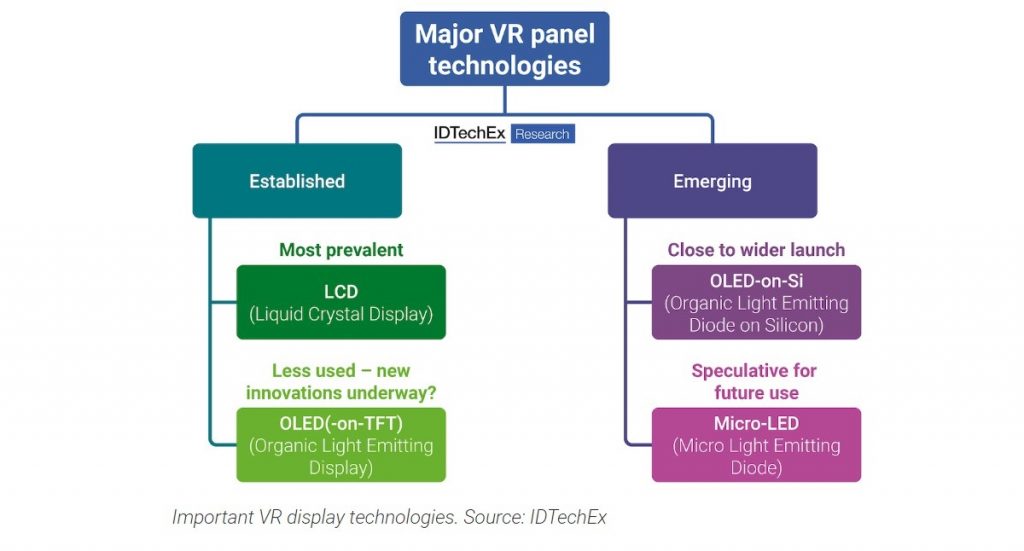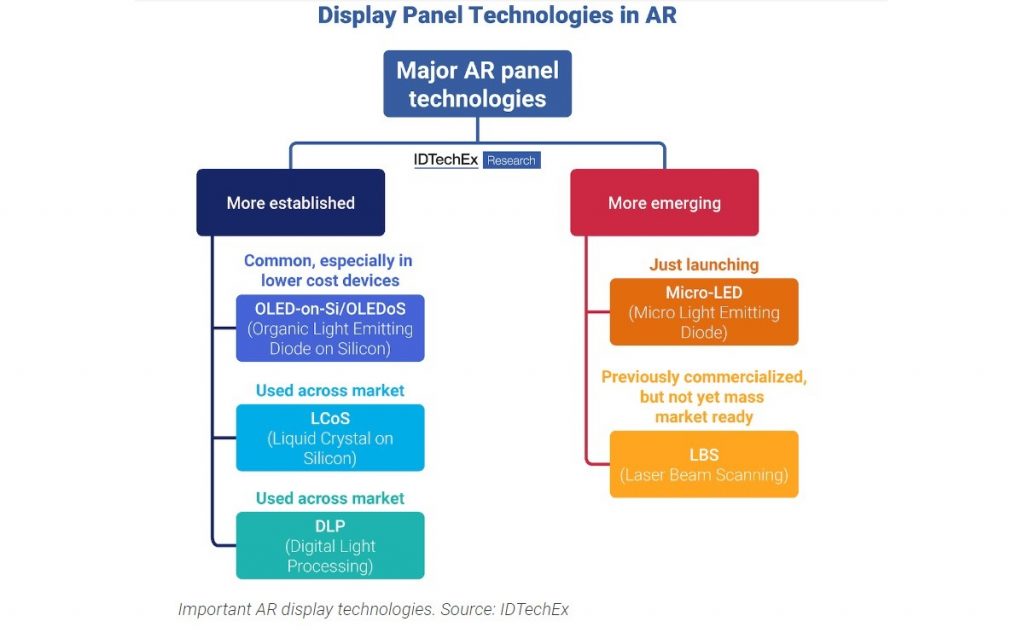Technology company IDTechEx has unveiled a new report that explores the evolving landscape of spatial computing, focusing on the next decade in the extended reality (XR) market. The report highlights that spatial computing could transform the way we interact with our devices as computing goes truly 3D, with early signs of change already underway.
It also highlights two major narratives that are expected to unfold over the next decade: the broadening impact of virtual reality (VR) as it becomes more lifelike and the end goal for major tech firms in XR aiming to establish their presence in a future market dominated by augmented reality (AR) devices replacing smartphones.

VR advancements
The report delves into Meta’s recent Butterscotch prototype VR headset, addressing key challenges in VR technology. One issue tackled is pixel visibility, aiming for retinal resolution to eliminate the screen door effect. Butterscotch achieves 56 pixels per degree (PPD) across the field of view, approaching the commonly suggested 60PPD heuristic. Another challenge addressed is the vergence-accommodation conflict, enhancing user comfort and reducing motion sickness through dynamic lens adjustments.
The report went on to predict future developments in VR technology as it expects a move towards large, high-pixel-density microdisplay technologies. It suggests that OLED-on-silicon displays, prevalent in camera viewfinders, may replace current LCDs in VR displays by the 2030s. The introduction of technologies like foveated rendering and dynamic distortion correction is expected to enhance VR immersion and comfort.

AR and big tech’s role
While VR advances, the report acknowledges the pivotal role of AR in the spatial computing landscape. It discusses the increasing interest of major tech companies, including Apple and Meta, in AR/MR (mixed reality) devices. The report suggests that Big Tech’s endgame is to establish AR devices as successors to smartphones, emphasising the potential of see-through AR devices.
Passthrough MR features that allow users to view the real world through VR headsets, are becoming common in lower-cost VR devices such as the Quest 3. However, social acceptability and safety concerns pose challenges, especially as these devices effectively act as blindfolds. The report notes that these issues are addressed in part by the use of outward-facing displays, but see-through AR is considered a more viable long-term solution.
Challenges in AR development
The report concludes by identifying optics as a significant roadblock in AR development, particularly the challenges associated with optical combiners. The focus on waveguide combiners and their efficiency issues prompts exploration into alternatives, such as reflective waveguides. The outlook for AR in 2034 is optimistic yet cautious, acknowledging the substantial challenges but recognising the potential for seamless access to digital content.
You can request the full report here.
Isa Muhammad is a writer and video game journalist covering many aspects of entertainment media including the film industry. He's steadily writing his way to the sharp end of journalism and enjoys staying informed. If he's not reading, playing video games or catching up on his favourite TV series, then he's probably writing about them.



































